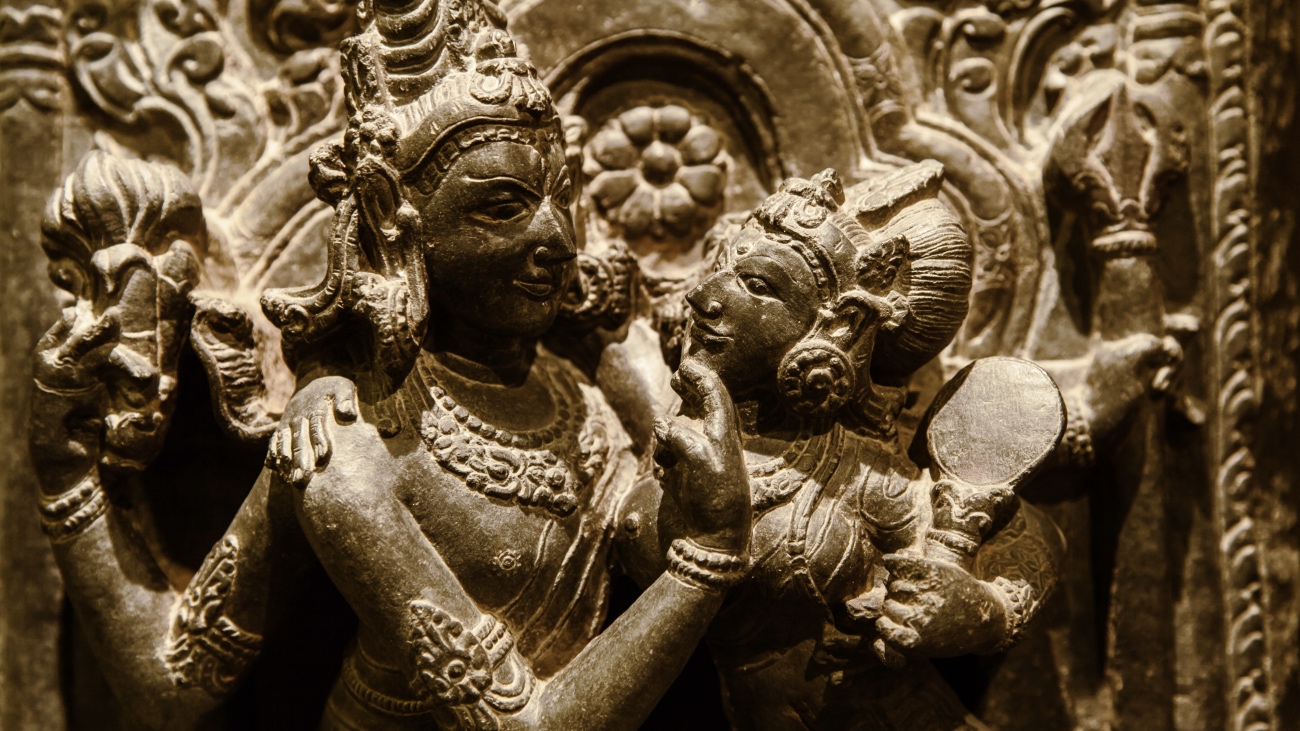Yoga Alliance Professionals

When I was awarded my Ph.D. in 1987, I breathed a sigh of relief and thought- “Never again!”
Yet, here I am, thirty years later, embarking on yet another rigorous, meticulous, time-consuming round of research - this time, not on the Victorian novel, but on Modern Yoga.
What is it about Yoga that fascinates us? That it is fascinating is undeniable, given the plethora of Yoga schools, systems and institutions that surround us. Over the last twenty years the academic study of Yoga has equally increased exponentially, both in terms of output and members of the community, Crucially, we have moved on from the dryness of phenomenology - the nuts and bolts of how people do things- to the bigger question of “why?” In my own Department at SOAS, we have people engaged in researching gender and Yoga, abuses of power and Yoga, organisational structures and Yoga and – in my own case - religion and Yoga. The field has shifted and has, in my view, become much more relevant to the way we live and think today.
Yet, despite its new-found relevance, we must not forget that, as Yoga practitioners and teachers, we are the link between the modern world and an ancient tradition. My own teacher training courses, while, of course, focused on the deliverables of teaching a class, are heavily weighted on the historical and philosophical aspects of Yoga. And I find that my students are at their most engaged, and their discussions more animated, during those sessions than any other. It makes them think. And it is this, I believe, which elevates Yoga above any other physical system.
When I began the academic study of Yoga, my goal was to find the “original”, “authentic” Yoga. If there is one thing that my studies since then have taught me, it is that there is no such thing. Yoga has always been eclectic, eccentric, individualistic and confrontational. It has always ruffled institutional feathers. It has been a catalyst for change.
Over the coming months I hope to take you, the teacher/practitioner, on a journey which will explore the different ideas, challenges, lifestyles and - most importantly- motivations which have led us to where we are now. Some of this will be familiar to you, some of it won’t. Some of it will make for uncomfortable reading. Some of it will make you question its relevance to the way we practice now.
Yet, let us not forget that nothing exists in a vacuum. Our attitudes, thoughts and expectations are shaped by what has gone before as well as what is happening now. To ignore the many and varied Yoga traditions that have led us to where we are now is to ignore the ideas and attitudes of some great thinkers and practitioners, without whom we would not have the wonderfully challenging, sometimes baffling, forms of Yoga that we practice today.
I look forward to sharing the wonders of the Origins and History of Yoga, along with its diverse interpretations, with you.
These Stories on Experience
10 Beaverhall Road,
Edinburgh,
Scotland,
EH7 4JE
Copyright © 2025 Yoga Alliance Professionals Ltd. All Rights Reserved. Terms of Use | Privacy Policy
YOGA PROS ORGANISATION LIMITED, trading as YOGA ALLIANCE PROFESSIONALS, is a Not for Profit Scottish Company number SC502923
No Comments Yet
Let us know what you think